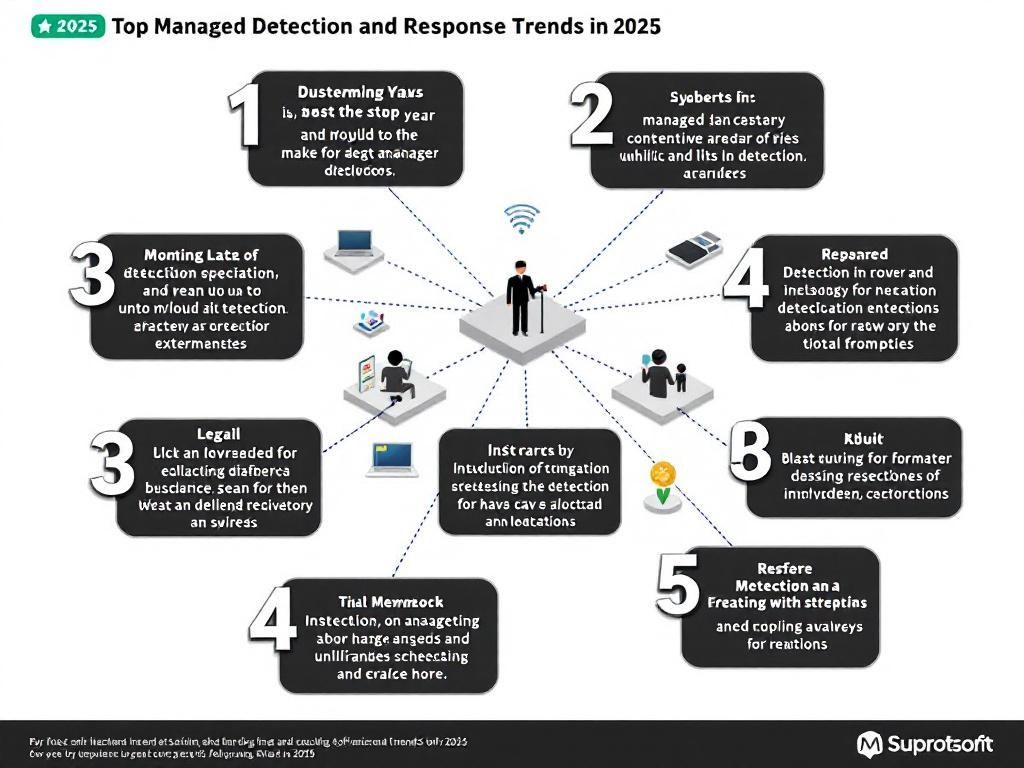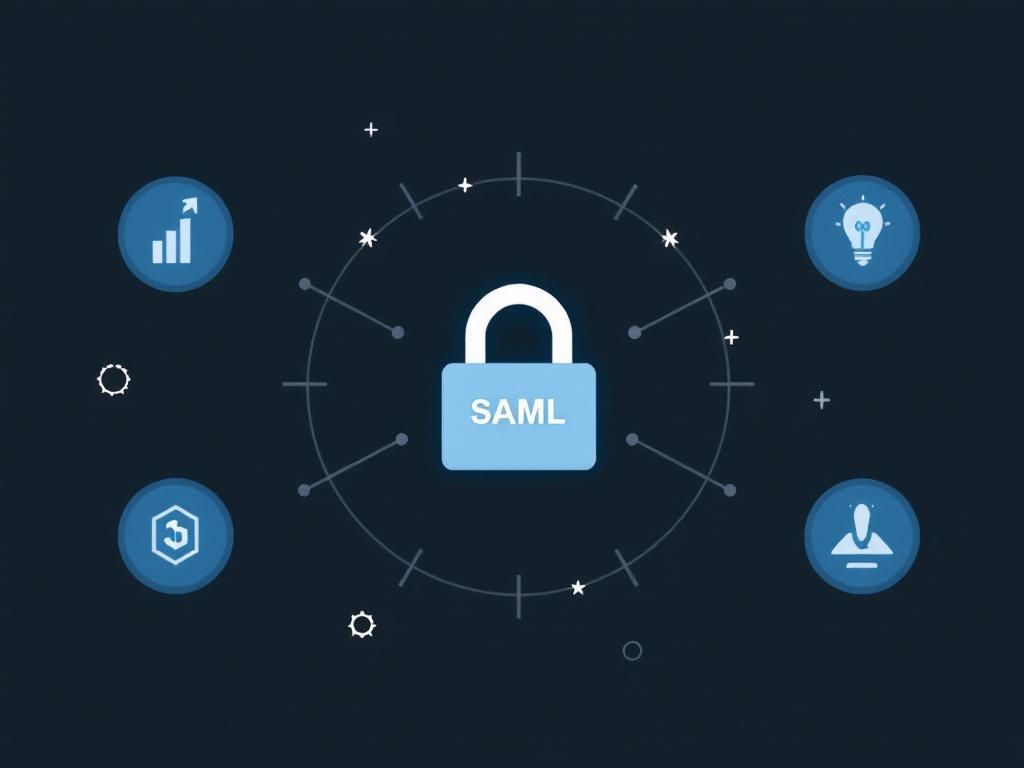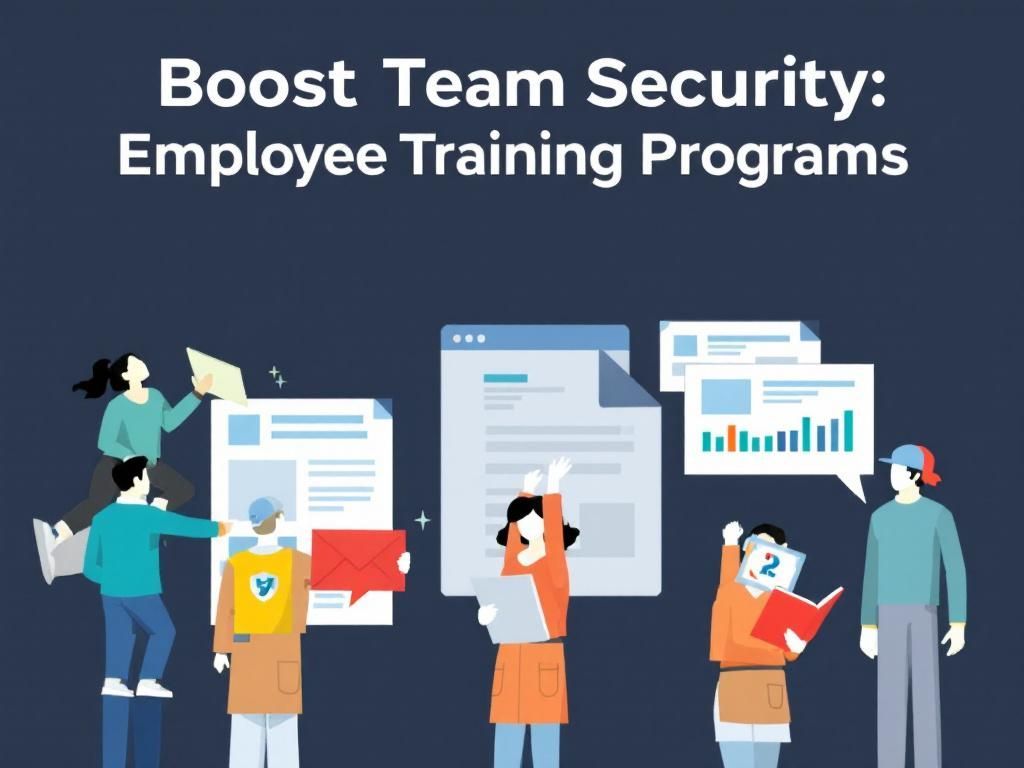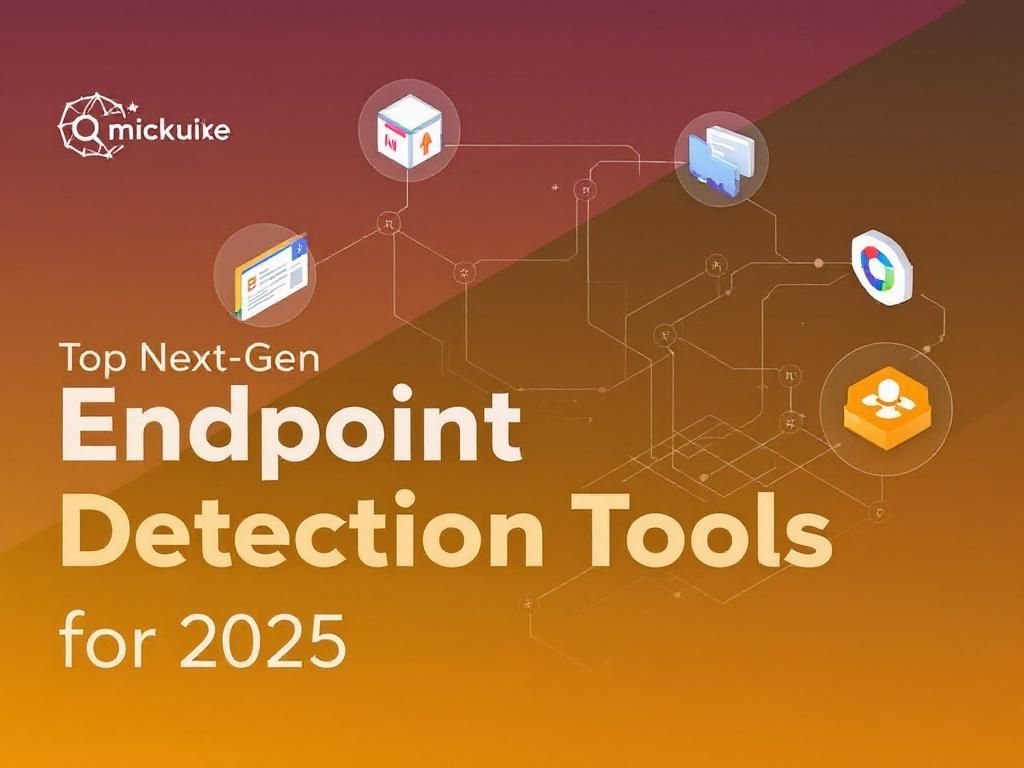The Importance of Patch Management Automation in 2025
Discover why patch management automation is critical for cybersecurity and efficiency in 2025. Stay secure and compliant with automated solutions.

As we advance into 2025, the landscape of cybersecurity and IT management is evolving rapidly. Organizations are increasingly facing sophisticated cyber threats, making it vital to maintain robust security measures. One critical aspect of this security is patch management. The automation of patch management processes is becoming not just a best practice, but a necessity. Let’s explore the significance of patch management automation in today’s tech-driven world.
Table of Contents
The Growing Complexity of IT Environments
In 2025, many organizations utilize a mix of cloud, on-premises, and hybrid environments. This complexity introduces a range of challenges in managing software updates and security patches. Some of the contributing factors include:
- Diverse Software Applications: Organizations use various applications, each with its own update cycle and requirements.
- Increased Number of Endpoints: With the rise of remote work, the number of devices accessing corporate networks has skyrocketed.
- Regulatory Compliance: Many industries must adhere to strict regulations that necessitate timely updates and patches.
The Risks of Manual Patch Management
Even in 2025, many organizations still rely on manual patch management processes. However, this approach poses several risks:
- Human Error: Manual updates can lead to mistakes, such as missing critical patches.
- Downtime: Manual patching often requires system reboots, resulting in unexpected downtime.
- Increased Vulnerability: Failing to apply updates in a timely manner can leave systems exposed to cyber threats.
Case Study: The Consequences of Delayed Patching
In 2024, a well-known financial institution suffered a data breach due to an unpatched vulnerability in their software. This incident not only resulted in significant financial losses but also damaged their reputation. Automated patch management could have mitigated these risks by ensuring timely updates.
Benefits of Automating Patch Management
Automating patch management offers numerous advantages that can help organizations stay secure and efficient:
1. Enhanced Security
Automatic updates ensure that systems are always running the latest security patches, significantly reducing the risk of exploitation.
2. Increased Efficiency
Automation streamlines the patching process, allowing IT teams to focus on strategic initiatives rather than routine updates.
3. Reduced Downtime
Automated systems can schedule updates during off-peak hours, minimizing disruptions to business operations.
4. Compliance and Audit Readiness
Automated patch management helps organizations maintain compliance with industry regulations by ensuring that all patches are applied in a timely manner.
Implementing Patch Management Automation
To effectively implement patch management automation, organizations should consider the following steps:
1. Assess Current Infrastructure
Evaluate the existing software landscape and identify critical systems that require regular updates.
2. Choose the Right Tools
Invest in reliable patch management tools that offer automation capabilities tailored to your organization’s needs. Key features to look for include:
| Feature | Description |
|---|---|
| Centralized Management | Ability to manage all patches from a single dashboard. |
| Reporting and Analytics | Detailed reporting on patch status and compliance. |
| Customization Options | Ability to customize patch schedules and deployment strategies. |
| Integration with Existing Systems | Seamless integration with current IT management tools. |
3. Develop a Patch Management Policy
Create a comprehensive policy that outlines:
- Roles and responsibilities of IT staff
- Patch assessment criteria
- Frequency of patch evaluations
4. Test Patches Before Deployment
Before rolling out updates organization-wide, conduct testing in a controlled environment to avoid unforeseen issues.
Future Trends in Patch Management
As technology continues to evolve, several trends may shape the future of patch management:
1. AI-Driven Solutions
Artificial Intelligence is poised to play a significant role in automating patch management. AI can predict vulnerabilities and recommend patches based on real-time data.
2. Integration with DevOps
As organizations embrace DevOps practices, integrating patch management into the DevOps pipeline will become increasingly common, ensuring security is built into the development lifecycle.
3. Focus on Zero Trust Security Models
With the rise of remote work, implementing a zero-trust model will drive the need for more frequent and automated patching processes.
Conclusion
In 2025, the importance of patch management automation cannot be overstated. As cyber threats become more pervasive and IT environments grow more complex, organizations must adopt automated solutions to protect their systems effectively. By doing so, they can enhance security, improve efficiency, and ensure compliance, ultimately securing their digital assets in an increasingly dangerous landscape.
FAQ
Why is patch management automation critical for cybersecurity in 2025?
Patch management automation is essential for cybersecurity in 2025 as it helps organizations quickly address vulnerabilities, reduces the risk of cyberattacks, and ensures compliance with regulatory standards.
How does patch management automation improve operational efficiency?
By automating patch management, organizations can streamline their processes, reduce manual errors, and save time, allowing IT teams to focus on more strategic initiatives.
What are the risks of not implementing patch management automation?
Not implementing patch management automation can lead to unpatched vulnerabilities, increased susceptibility to cyber threats, and potential data breaches, ultimately jeopardizing an organization’s reputation and finances.
What features should organizations look for in patch management automation tools?
Organizations should look for features such as automated scanning, reporting capabilities, integration with existing systems, and real-time updates to ensure effective patch management.
How can patch management automation support compliance requirements?
Patch management automation can help organizations maintain compliance with industry regulations by ensuring that all software is up-to-date and that vulnerabilities are addressed promptly, reducing the risk of non-compliance penalties.
What trends are shaping the future of patch management automation in 2025?
In 2025, trends such as artificial intelligence, machine learning, and advanced analytics are shaping patch management automation, enabling smarter decision-making and proactive threat mitigation.








